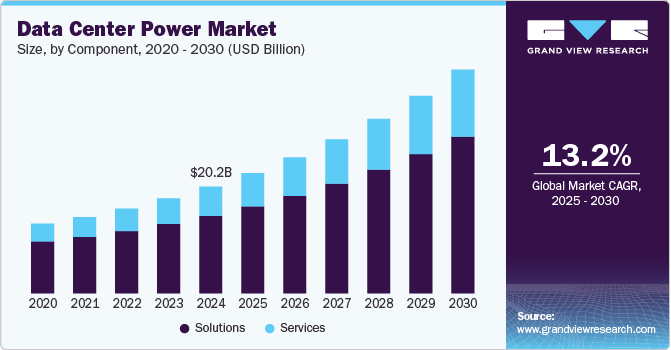Anomaly Detection Market Size, Share & Trends Analysis growing at a CAGR of 16.5% from 2023 to 2030

The global anomaly detection market size was estimated at USD 4.33 billion in 2022 and is projected to reach USD 14.59 billion by 2030, growing at a CAGR of 16.5% from 2023 to 2030. The growing sophistication and complexity of cyber-attacks are one of the factors driving the growth of the market.
Key Market Trends & Insights
- The North America region dominated the global market in 2022 with a revenue share of 31.1%
- By deployment, the on-premise segment accounted for the largest share of 54.9% in 2022.
- By technology, the big data analytics segment accounted for the largest share of more than 40.9% in 2022.
- By end use, the BFSI segment accounted for the largest share of 26.0% in 2022.
Market Size & Forecast
- 2023 Market Size: USD 4.33 Billion
- 2030 Projected Market Size: USD 14.59 Billion
- CAGR (2024 – 2030): 16.5%
- North America: Largest market in 2023
Request a free sample copy or view report summary: https://www.grandviewresearch.com/industry-analysis/anomaly-detection-market-report/request/rs1
With the growing frequency and intricate nature of threats, the traditional approaches to detecting and monitoring cyberattacks often need to be revised compared to modern approaches. Anomaly detection offers a proactive defense approach, allowing the organization to identify and respond to unforeseen threats. The exponential growth of technology advancements and databases in Machine Learning (ML) has made it viable for organizations to analyze huge datasets in real-time.
By using ML algorithms to analyze enormous volumes of data, anomaly detection can find trends and anomalies that may be signs of online threats. The implementation of anomaly detection in cybersecurity has increased due to the availability of scalable and effective ML techniques. The overall security posture can be improved by integrating anomaly detection into Security Operations Centres (SOCs) and incident response procedures. Security analysts can efficiently prioritize and react to potential risks because of the real-time warnings and actionable insights it delivers. Furthermore, organizational security is significantly at risk from insider threats. An employee’s or authorized user’s unexpected behavior can be found using anomaly detection, including unauthorized access to sensitive information, strange file transfers, and unusual network traffic.
Organizations can reduce the risk of insider threats and safeguard their important assets by tracking user behavior and spotting irregularities. Organizations can comply with compliance requirements and stay out of trouble owing to anomaly detection, which assists them in monitoring and detecting security incidents or data breaches. It offers an extra layer of security to secure sensitive data and guarantee regulatory compliance. This is expected to propel the market demand across regions over the forecast period. Moreover, cyber threats and attacks significantly increased as a result of the pandemic as malicious players took advantage of the unstable and exposed environment.
Phishing attempts, ransomware assaults, and other cybercrimes increased dramatically, putting organizations throughout the world at risk. The need for anomaly detection solutions has increased as a result of the growing threat concerns as organizations are seeking advanced methods to identify and counteract developing cyber threats. However, effective implementation and management of anomaly detection systems can be challenging. It can be difficult to configure and optimize these systems so that they discover real anomalies while minimizing false positives (false alarms). High false positive rates might erode trust in the system’s accuracy and cause alert fatigue, which may hinder product adoption.
Component Insights
The solutions segment accounted for the largest market share of 69.0% in 2022. The cybersecurity threat landscape is constantly changing with more sophisticated and advanced threats. Through the detection of unusual trends or behaviors, anomaly detection solutions offer a proactive method for identifying new or evolving threats. Massive datasets can be processed and analyzed by anomaly detection tools, which can then be used to find hidden patterns and identify anomalies that could be signs of security vulnerabilities. The effectiveness and adoption of anomaly detection technologies have been strongly influenced by their ability to handle enormous amounts of data. The proliferation and complexity of cyber threats drive the need for efficient anomaly detection solutions, thereby driving industry growth.
The services segment is expected to grow at the fastest CAGR of 17.6% over the forecast period. Cloud computing and managed security services are now much more widely used across organizations. Anomaly detection services are frequently included in managed or cloud-based security service packages. These services offer businesses a hassle-free, cost-effective way to set up and maintain anomaly detection capabilities. Organizations can concentrate on their core operations while assuring reliable anomaly detection by leveraging the knowledge and infrastructure of service providers, thereby propelling the demand.






